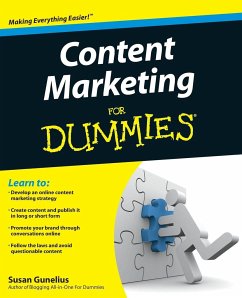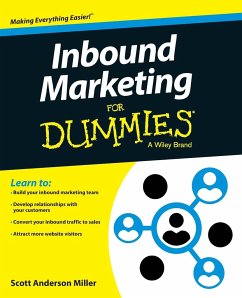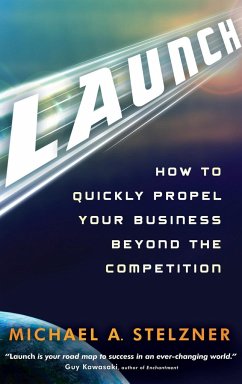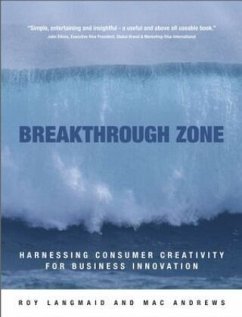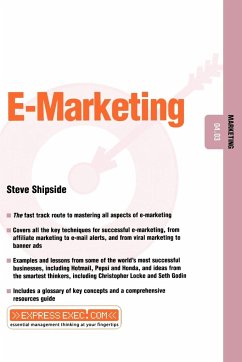
Content Marketing Strategies for Dummies
Versandkostenfrei!
Versandfertig in 2-4 Wochen
29,99 €
inkl. MwSt.
Weitere Ausgaben:

PAYBACK Punkte
15 °P sammeln!
Drive your content marketing campaign toward success Blogs and social platforms are all the rage right now--especially for strategists looking to cultivate influence among target audience members through content marketing. Content Marketing Strategies For Dummies explains how you can use content marketing to gain an edge over your competition, even in the most crowded of marketplaces. This timely text introduces you to the Five C Cycle: Company Focus, Customer Experience, Content Creation, Channel Promotion, and Closed-Loop Analysis. The Five C Cycle drives the creation and documentation of a ...
Drive your content marketing campaign toward success Blogs and social platforms are all the rage right now--especially for strategists looking to cultivate influence among target audience members through content marketing. Content Marketing Strategies For Dummies explains how you can use content marketing to gain an edge over your competition, even in the most crowded of marketplaces. This timely text introduces you to the Five C Cycle: Company Focus, Customer Experience, Content Creation, Channel Promotion, and Closed-Loop Analysis. The Five C Cycle drives the creation and documentation of a targeted content marketing strategy, and allows you to approach your content marketing campaign with confidence. By helping you determine your company's focus, uncover your customers' experience with data, develop channel promotions across social platforms, create actionable online content, and use closed-loop analysis to build on previous success, this will become your go-to content marketing guide. Content marketing entails creating and curating content online via blog posts, social media platforms, and more. The goal is to acquire and retain customers by creating content that brings value to their lives, and that encourages them to engage with your brand. This easy-to-understand guide will help you do just that. * Analyze customer data to better understand your target audience's journey * Leverage social platforms, such as Facebook and Twitter, to develop channel promotions * Create and curate intelligent, engaging content that leads to action * Build upon your previous success with closed-loop analysis Whether you work for a large corporation, are part of a small business, are a solo thought leader, or are an educator, Content Marketing Strategies For Dummies tells you how to gain a critical, competitive advantage through targeted content marketing strategies.
Dieser Artikel kann nur an eine deutsche Lieferadresse ausgeliefert werden.




